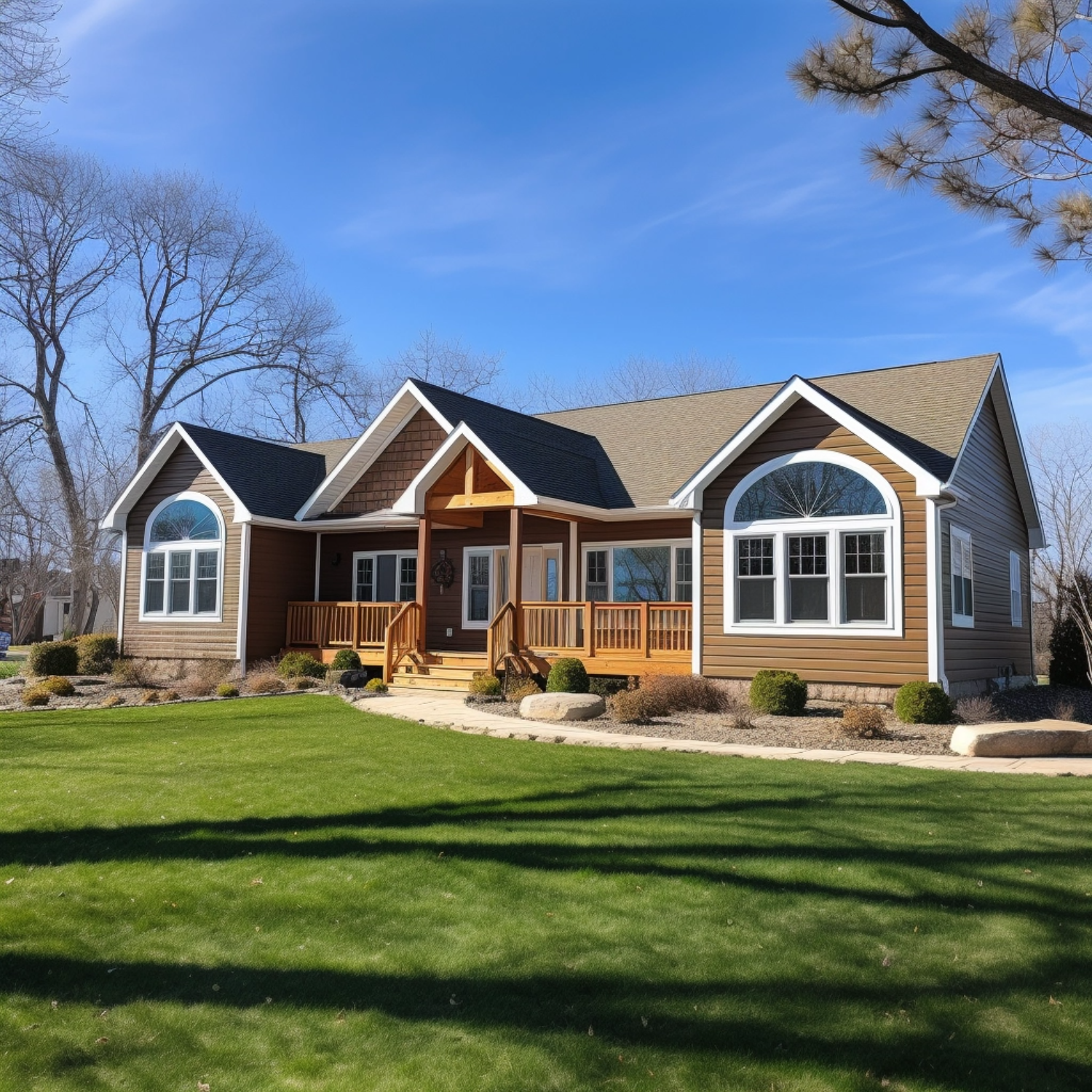Transforming Buffalo/Western NY Manufactured Home Communities
Owl Homes of Fredonia, a distinguished home builder with a rich legacy of over 50 years, proudly announces its expanded services, aiming to cater to the diverse needs of Buffalo and Western NY Manufactured Home Communities. With a commitment to excellence, Owl Homes of Fredonia is now offering a comprehensive range of services, from air conditioning installation to multifamily home construction, to uplift and enhance these vibrant communities.
Comprehensive Services for Manufactured Home Communities:
Owl Homes of Fredonia is thrilled to introduce an array of services designed to meet every requirement of manufactured home communities in Buffalo and Western NY:
- Air Conditioning Installation: Ensuring optimum comfort with expert installation of air conditioning systems.
- Exterior Enhancements: From carports and gutters to skirting, steps, decks, and porches, providing tailored solutions for enhanced functionality and aesthetic appeal.
- Outdoor Spaces Transformation: Specializing in concrete driveways, sidewalks, and landscaping to create beautiful and functional surroundings.
- Foundation Work: Expertise in preparing foundations for new homes, ensuring a solid and lasting base.
- Efficient Home Setup: From meeting homes to placing them on foundations, including tying in sewer gas and electric utilities.
- Interior and Exterior Finish Work: Proficiency in completing all aspects of interior and exterior finish work for a complete home.
- Demolition Expertise: Offering safe and controlled demolition services for various projects.
- Realtor and Developer Collaboration: Additionally, Owl Homes of Fredonia collaborates with realtors and developers to construct both single and multifamily home plans, contributing to growth and development inside and outside of manufactured home communities.
For Community Development Inquiries, please contact:
Jessica Campogni
716-673-1366
jcampogni@owlhomesoffredonia.com
About Owl Homes of Fredonia:
For over half a century, Owl Homes of Fredonia has stood as a pillar in the home-building industry, serving the wonderful people of Buffalo and Western NY. Situated in Fredonia, NY, the company takes pride in hosting the largest display of new homes in Western NY and beyond, valued at nearly $2,000,000, right on their property for guests to tour.
Owl Homes of Fredonia’s floor plan options boast diverse layouts and pricing to suit the unique needs of their guests. Understanding the importance of easy access to information, the company streamlines the process of obtaining details on home options, pricing, and monthly payments, ensuring a quick and hassle-free experience. Furthermore, they offer assistance with financing, making homeownership a feasible dream for many.
Distinguished for turnkey projects, Owl Homes of Fredonia’s service department is committed to managing projects efficiently, ensuring a swift transition from home purchase to move-in. With delivery times ranging from 2 to 4 months from the time of order, depending on the chosen home plan, the dream of homeownership becomes a reality in a significantly shorter timeframe.
The recent decrease in interest rates further adds to the appeal, as homeowners are now saving hundreds of dollars per month compared to just a few months ago.
Prospective homeowners can schedule a consultation by sending an email with their preferred appointment time and day, or they can visit or call Owl Homes of Fredonia for immediate assistance.
Please contact: Phone: 716-673-1366 / Email: Owlhomesoffredonia@netsync.net
Hours: Mon-Fri 9-5 / Sat 9-4 / **If you need an appointment time outside of our normal hours, please contact us and a consultant will be happy to work with you.
Located: 3752 East Main Road Fredonia, NY 14063
Website: https://www.owlhomeswny.com/
VIDEO TOURS! Check out the “Videos” & “Shorts” Tabs to see what we’re building! Like & Subscribe for more video tours! Featuring both Manufactured & Modular Homes! https://www.youtube.com/@owlhomesoffredonia7647/featured
Enjoy watching our videos or had a good experience with us? Leave us a review on Google! Our team greatly appreciates it. https://g.page/r/CTXudenaIMpHEB0/review
Like us on Facebook! https://www.facebook.com/Owlhomesoffredonia
Find your home! https://www.owlhomeswny.com/find-a-home/
Design your home! https://www.owlhomeswny.com/inhome-experience/



